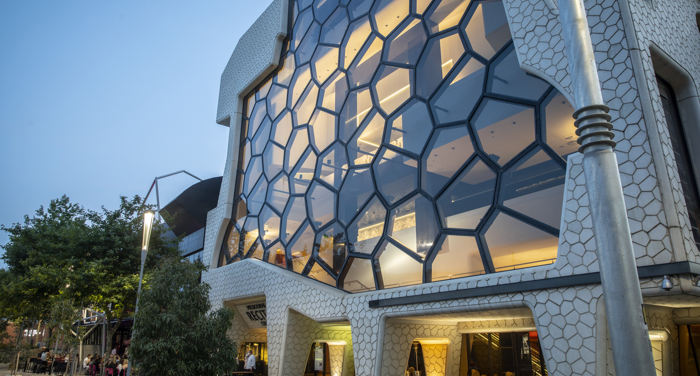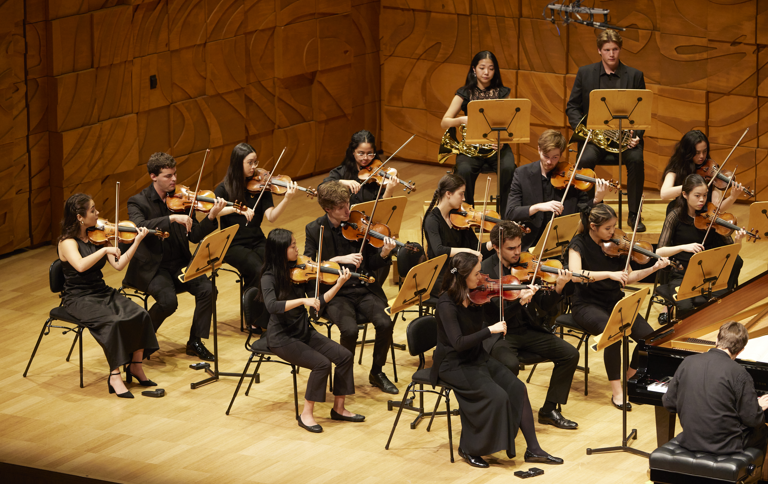About Us

Discover the sounds inside the honeycomb, where new sounds become unexpected anthems, and brave ears meet timeless tempos.
In 2024, Melbourne Recital Centre celebrated 15 years as Australia’s beating heart of live music—a place where sound meets soul and stories take centre stage.
Since opening in 2009, we’ve evolved beyond a venue. We are a cultural cornerstone, a creative force, and a community ignited by the power of music.
Backed by Victoria’s music community and the visionary support of the Victorian State Government, Melbourne Recital Centre was founded on a singular truth: music transforms lives.
A 2007 gift from the Kantor and Calvert-Jones families enabled the establishment of the Centre’s self-presented artistic program and Elisabeth Murdoch Hall is named in acknowledgement of this gift, named in honour of the Centre’s Founding Patron the late-Dame Elisabeth Murdoch AC DBE. In 2018, Lady Primrose Potter AC continued this transformative legacy, enabling the Centre to flourish in the next decade and beyond with the Primrose Potter Salon named in her honour.
A sanctuary for sound, a stage for connection.
Today, we are Australia’s preeminent destination for music in all its diversity, bringing together world-class artists and audiences to experience the raw, unifying power of performance.
Our spaces—the iconic Elisabeth Murdoch Hall, the intimate Primrose Potter Salon, and soon, the Peter and Ruth McMullin Beacon—are where extraordinary moments unfold.
Here, people of all backgrounds find connection through music, crossing boundaries of genre, age, and culture. Every applause, every quiet exchange before a concert, every look of wonder between strangers captures the essence of our community.
At Melbourne Recital Centre, music is more than an art form—it’s a common language, a bond, and an invitation to belong. This is where magic happens, where music lives, and where, every day, we transform lives through shared live music experiences.
Every experience is yours for the taking.





